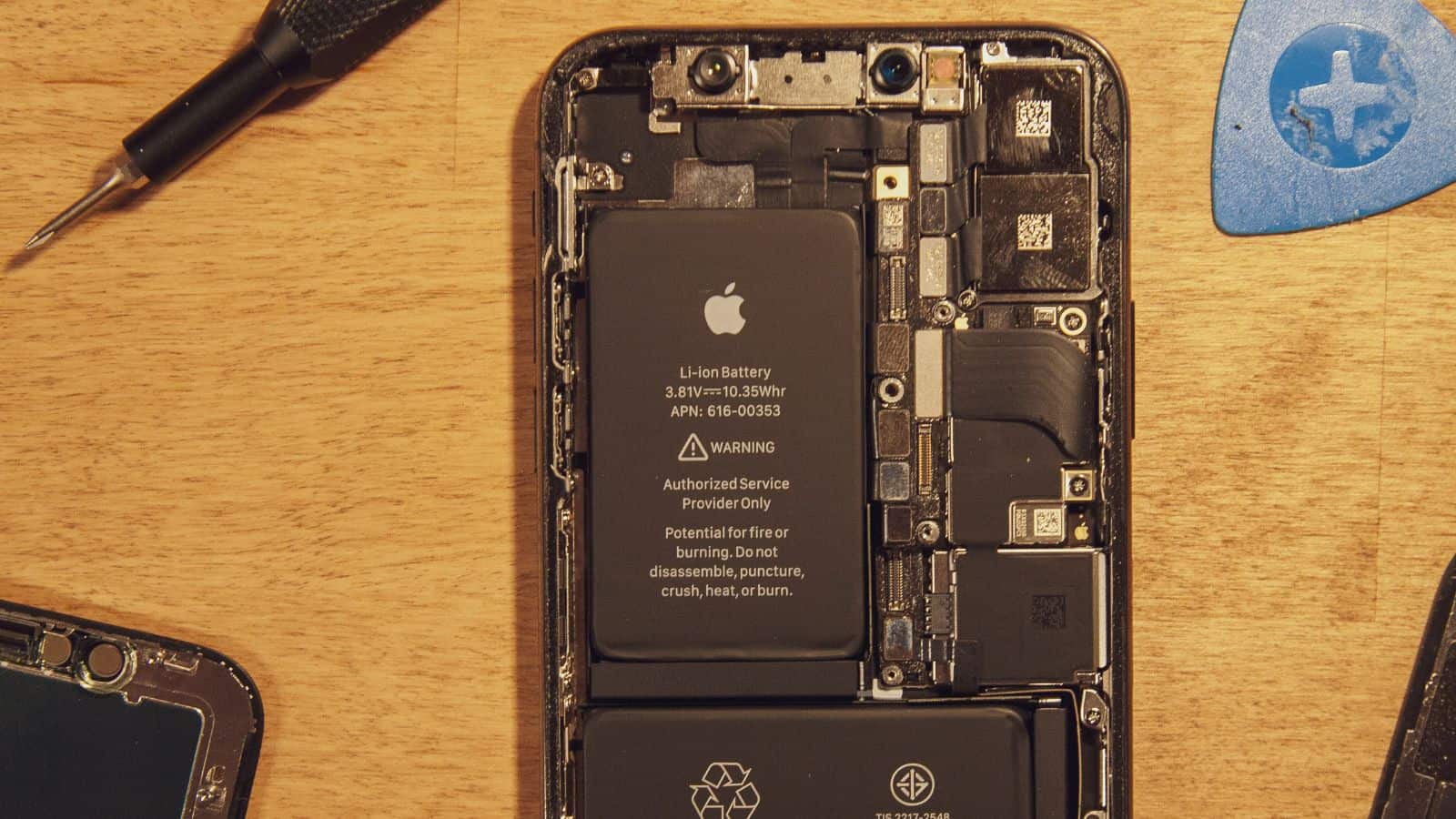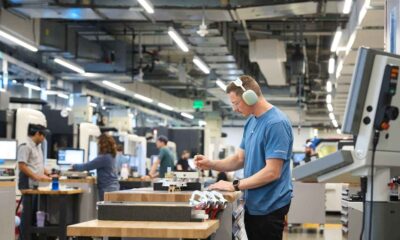Apple
Trump believes that the US has the ability to manufacture iPhones
Apple believes that the US lacks trained workforce to make iPhone locally.

Just a heads up, if you buy something through our links, we may get a small share of the sale. It’s one of the ways we keep the lights on here. Click here for more.
As the deadline for President Trump’s higher tariffs approaches, White House press secretary Karoline Leavitt defended the administration’s belief that American companies like Apple could start manufacturing products like the iPhone in the US.
She pointed to Apple’s recently announced $500 billion investment in the US as a sign that domestic production was possible, saying Apple wouldn’t make such a move if they didn’t think it could work.
However, critics argue that this investment is nothing unusual and probably reflects what Apple would be spending in the US anyway.
More importantly, both Apple co-founder Steve Jobs and current CEO Tim Cook have long maintained that making iPhones in the US isn’t feasible, not because of cost but because of a lack of skilled labor.
Jobs once told President Obama that Apple needed 30,000 trained engineers to support the 700,000 factory workers making iPhones in China, a level of specialized labor that simply doesn’t exist in the US.
Tim Cook echoed this in 2017, emphasizing that China’s advantage isn’t low wages but rather the vast number of highly skilled workers concentrated in one place.
For example, he said that if you tried to gather tooling engineers (those who design and maintain the complex machines used to manufacture high-tech devices) in the US, you might struggle to fill a room. However, you could fill several US football fields in China. (via: The Verge)
Commerce Secretary Howard Lutnick had recently suggested that tariffs could bring “millions of people screwing in little screws to make iPhones” back to the US, but that vision seems overly simplistic.
The reality, according to experts and Apple itself, is that manufacturing iPhones isn’t just about having people — it’s about having the right kinds of people with highly specialized skills in the right quantities.
So while the White House is optimistic about bringing this type of manufacturing home, the people closest to the industry believe that the US currently lacks the infrastructure and trained workforce to make it happen.
Do you think this is a realistic expectation? Or do you think the US Gov will walk back on the tariffs? Sound off in the comments below or ping us via our Twitter or Facebook.

































Matthew M
April 13, 2025 at 12:50 am
foolishness. the only reason the USA lacks the skilled labor needed, is because of companies like Apple making products overseas. the USA used to be full of technical skilled laborers across many industries (in fact the USA was once the leader in industrialization and Technology), and the more and more companies moved their production overseas and US factories closed down, the less and less skilled labors the US has come to have. While we might lack the skilled laborers right now, bringing back manufacturing and factories to the US would require bringing back technical and vocational colleges and classes resulting in -gasp- skilled laborers in the USA again. It would also create hundreds of thousands of jobs in a country who’s economy has been suffering with high unemployment rates do to lack of jobs leading to high competition for good paying jobs that do exist. Will it take time to do this? yes. Ten to Twenty years maybe, but it is a problem that was created by moving production overseas to begin with, and is solved by bringing it all back.